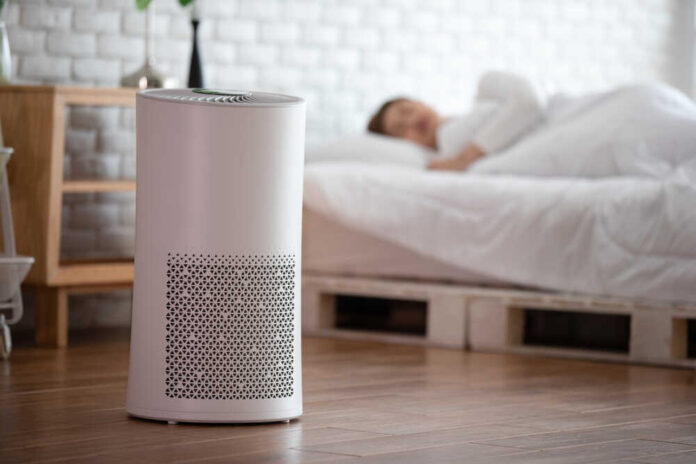
Outdoor pollutants don’t always stay outside. They can make their way into our homes, affecting our indoor air quality and health.
From dust particles and pollen to harmful chemicals and gasses, these pollutants permeate our living spaces without our knowing. This silent infiltration affects not only the cleanliness of our homes, but also our health and wellbeing, particularly for those with respiratory ailments or allergies.
Common Indoor Air Pollutants
There’s a wide range of pollutants that can infiltrate your home. Some of the most common include:
- Particulate Matter: This includes dust, pollen, pet dander, and smoke particles. These microscopic particles can irritate your respiratory tract and exacerbate existing conditions like asthma and allergies.
- Volatile Organic Compounds (VOCs): These are gasses emitted by certain solids or liquids, including paints, cleaning supplies, and even some types of furniture. Prolonged exposure to high levels of VOCs can lead to health issues such as nausea, headaches, and in extreme cases, damage to the liver, kidney, or central nervous system.
- Biological Pollutants: These include mold spores, bacteria, and viruses. High humidity or damp conditions in your home can promote the growth of these biological pollutants.
How Air Purifiers Can Help
Air purifiers work by drawing in air from your surroundings and filtering out the pollutants. They can capture particulate matter, neutralize VOCs, and in some cases, eliminate biological pollutants. But not all air purifiers are created equal.
Selecting the Right Air Purifier
There are a few key factors to consider when choosing an air purifier for your home:
- Filter Type: HEPA (High-Efficiency Particulate Air) filters are known to capture 99.97% of particles as small as 0.3 microns. If you’re particularly concerned about VOCs, consider a purifier with an activated carbon filter, which can absorb these gasses.
- Size and Placement: The size of the air purifier should match the size of the room where it will be used. Also, consider placing it in an area where pollutants are likely to be highest, such as near a window or in a room with many electronics.
- Noise Level: Depending on where you plan to use the purifier (e.g., bedroom vs. living room), noise level might be a significant factor in your decision.
- Cost and Maintenance: Beyond the initial purchase price, consider the cost of filter replacements and the frequency of maintenance required.
Taking Control of Your Indoor Air Quality
Air purifiers can be a valuable tool in maintaining a healthy indoor environment. However, they are just one part of the solution. Regular cleaning, proper ventilation, and mindful selection of household products can all contribute to improved indoor air quality.
Remember, when it comes to our health, awareness is the first step. By understanding the invisible threat of indoor air pollutants and taking proactive steps to mitigate them, we can create healthier living spaces for ourselves and our families.






















